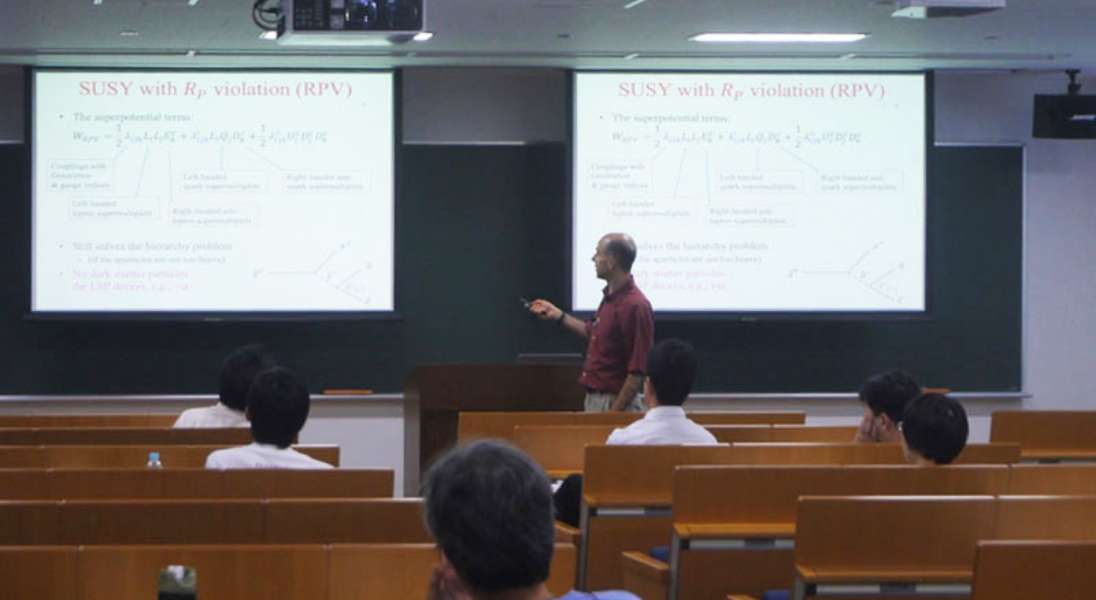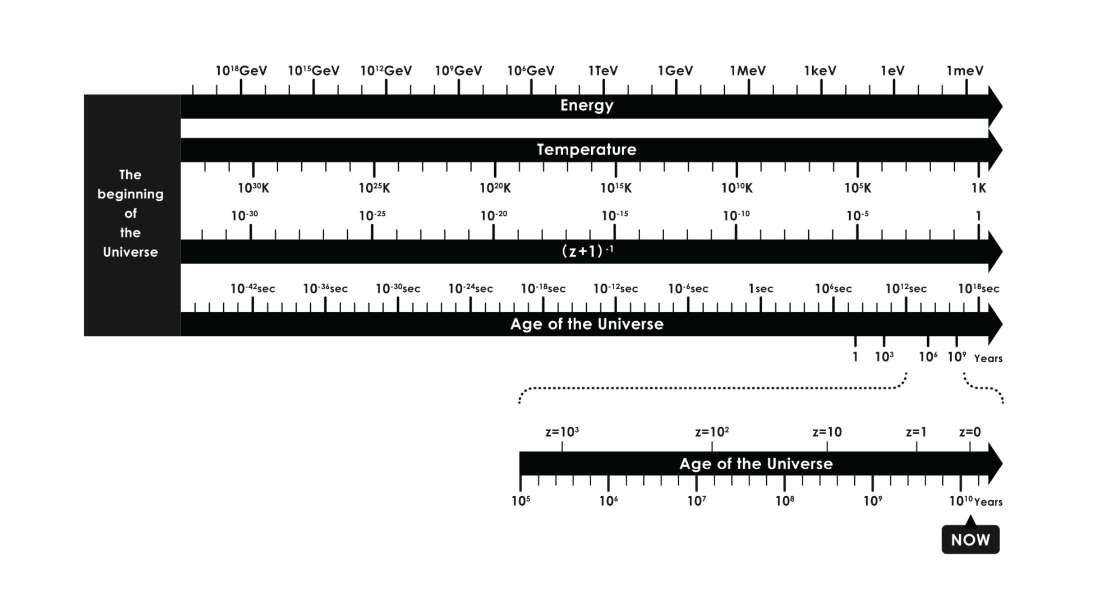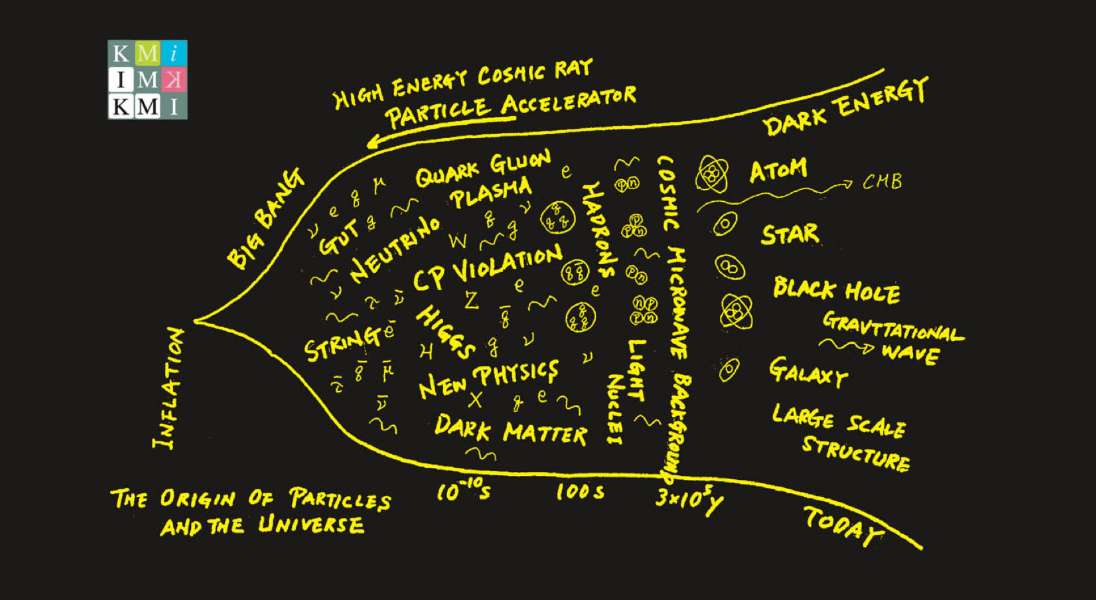- 日本語
- English
ABOUT FlaP
The Flavor Physics International Research Center (FlaP) promotes international research and education on flavor physics, with the aim of verifying the Standard Model (SM) of particle physics and discovering new physics beyond the SM. Comprehensive and multifaceted research will be carried out, including studies on bottom quark and tau lepton at the Belle II experiment, studies on top quark and the Higgs boson at the ATLAS experiment, and studies on muon, neutrino, and neutron at J-PARC. By leading projects and achieving results through the development of advanced measurement equipment and data analysis using cutting-edge data science, we will increase Nagoya University’s presence in global international joint researches.
NEWS & ACHIEVEMENTS
-
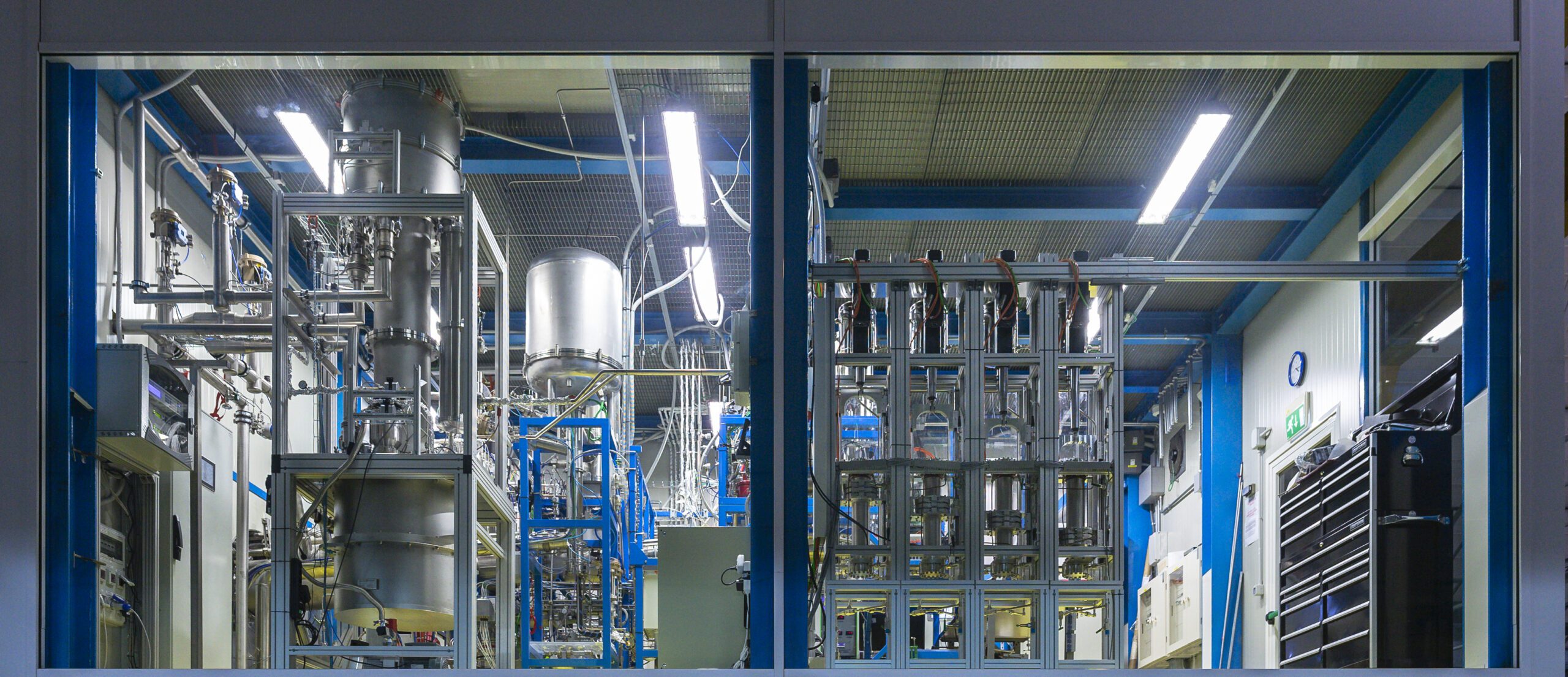
[Research] XENONnT Experiment Achieves Record-Breaking Purity in the Quest for Dark Matter — Innovative Technology Pushes the Boundaries of Ultra-Low Background Physics
In the global search for dark matter, the XENONnT experiment at the INFN Laboratori Nazionali del Gran Sasso (LNGS) stands out as one of the world’s most sensitive detectors in the field. This international collaboration, comprising over 190 scientists from 30 institutions worldwide, has achieved a major technological breakthrough: a significant reduction in radioactive background noise, a feat never previously achieved in rare-event physics experiments. The core of this innovation is a cryogenic distillation system that purifies the liquid xenon …
-
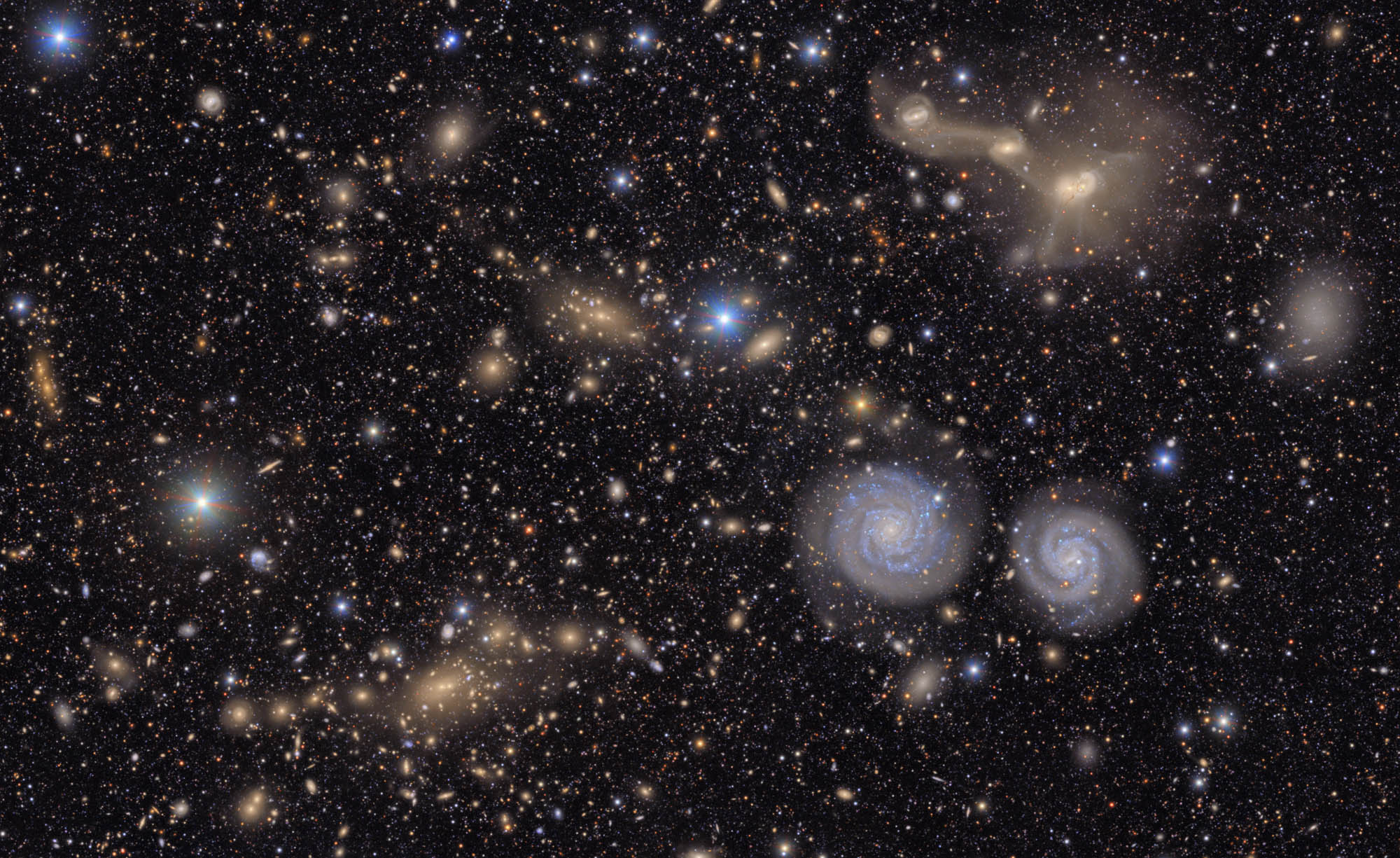
Nagoya University researchers contribute to launch of first images from the Vera C. Rubin Observatory
The Vera C. Rubin Observatory released its first images taken with the world’s largest digital camera on June 23, 2025 (local time). This marks the beginning of the Legacy Survey of Space and Time (LSST), a large-scale imaging project. Many Japanese researchers, including ones from the Kobayashi-Maskawa Institute for the Origin of Particles and the Universe (KMI) at Nagoya University and the National Astronomical Observatory of Japan (NAOJ), are involved in LSST, and new scientific discoveries are expected through collaboration …
-
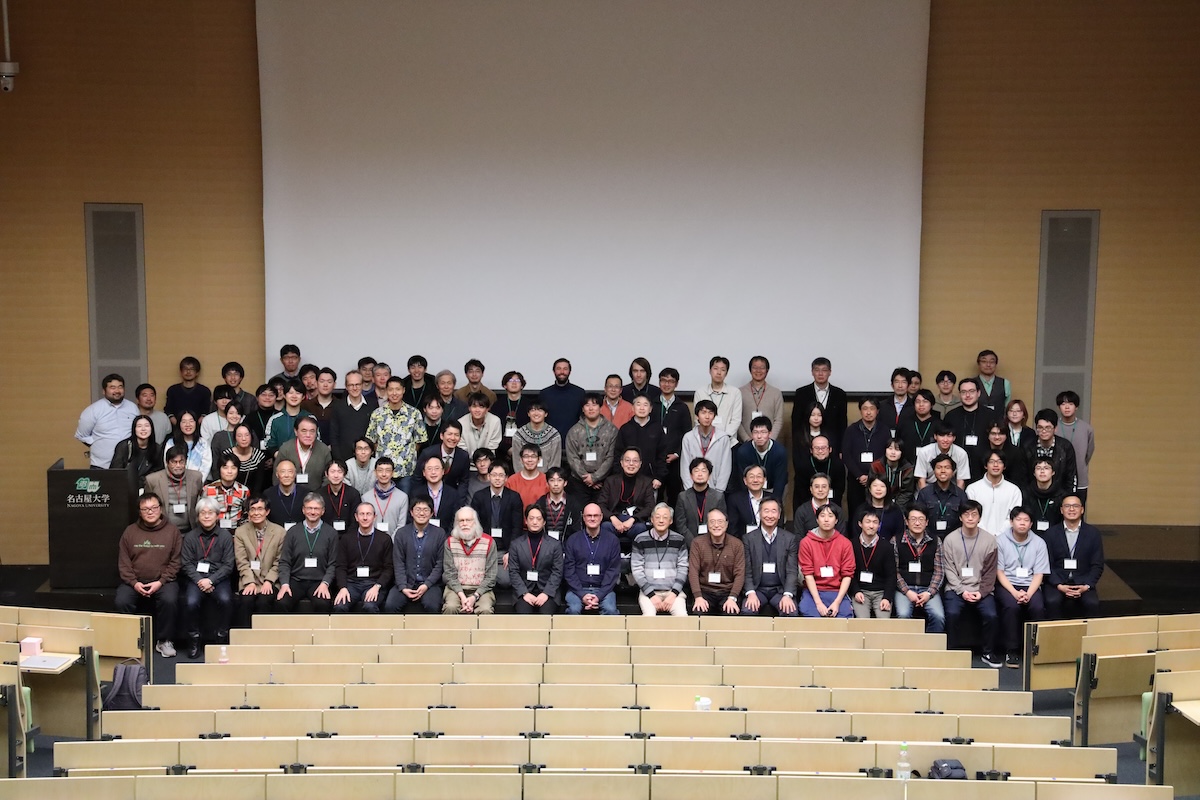
KMI2025 has successfully concluded
KMI2025, the 6th KMI International Symposium, has successfully concluded! 🎉 We held the symposium from Mar. 5th to 7th at Sakata-Hirata Hall, Nagoya University. Over three days, we welcomed 140 on-site attendees, 40 invited lectures, and 35 poster presentations—plus plenty of networking during our well-timed coffee breaks. Thank you all for joining us! See you next time! Related pages KMI2025 – indico
-
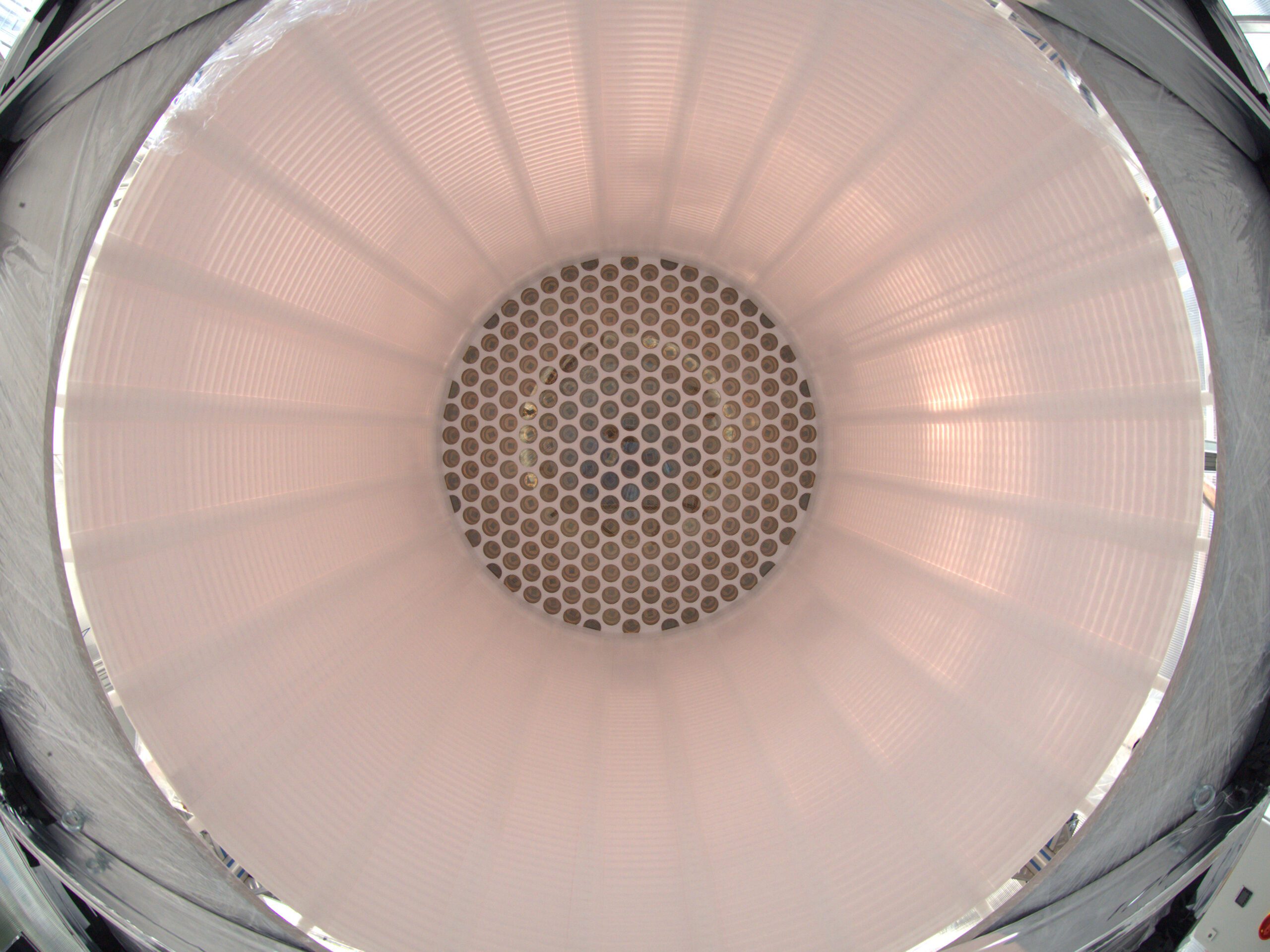
First measurement of a nuclear recoil signal from solar neutrinos with XENONnT
The XENON collaboration is an international collaboration between the United States, Europe and Japan, involving the KMI and ISEE at the Nagoya University, the Kavli IPMU, WPI at the University of Tokyo, the Institute for Cosmic Ray Research at the University of Tokyo and Kobe University. The collaboration has observed for the first time the scattering of neutrinos and xenon nuclei produced by the Sun in the XENONnT experiment, a dark matter search experiment currently in operation. The results were …
-
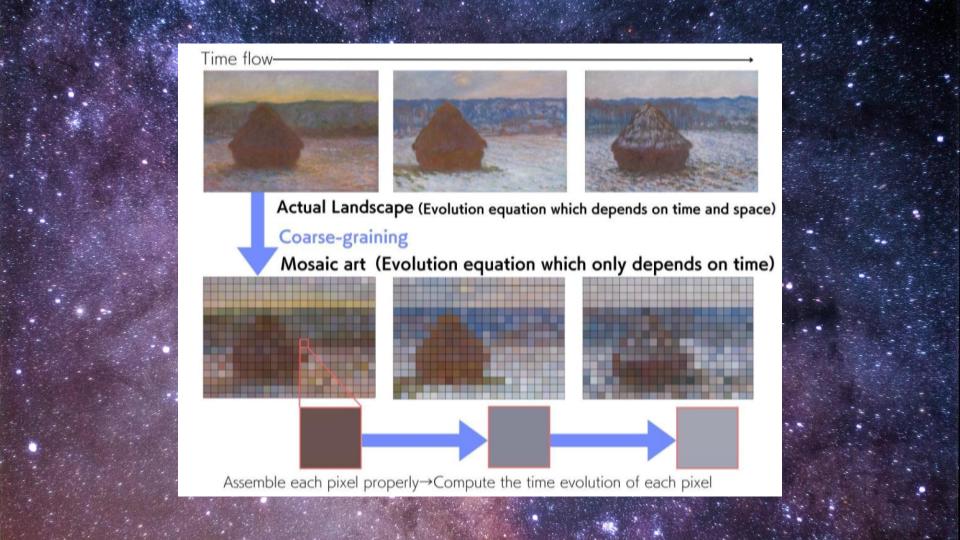
Unraveling Primordial Gravitational Waves: A Swift Formalism to See the Dawn of the Universe
A joint research group led by Professor Takahiro Tanaka (Kyoto University) and Associate Professor Yuko Urakawa (KEK, and Designated Associate Professor at KMI) has applied the “split universe approach,” in which the universe is recomposed into a coarse-grained mosaic art, to greatly simplify numerical calculations of primordial gravitational waves. This approach enables the numerical calculation of various models of the universe, including those that have been difficult to analyze due to the complex numerical calculations required. It is expected to …
-
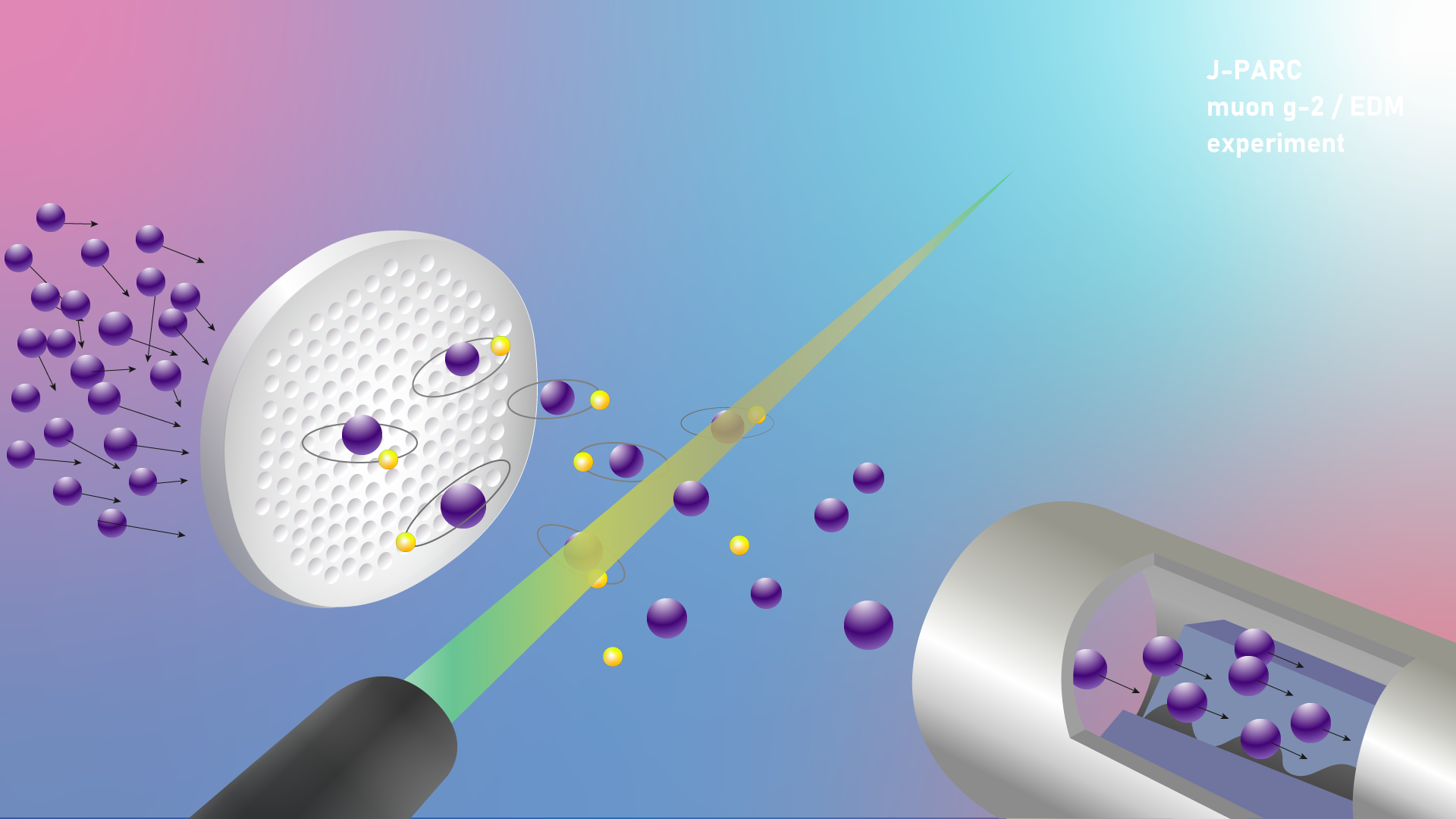
[Research] World’s first cooling and acceleration of muons – The first muon accelerator finally coming to a reality –
The J-PARC muon g-2/EDM experimental group, which includes Professor Toru Iijima, Designated Lecturer Kazuhito Suzuki, Associate Professor Kenji Inami, and graduate students Kazuji Sumi, Koichi Ueda, and Ayaka Kondo, has successfully cooled and accelerated positively charged muons for the first time in the world. This achievement marks a major step toward launching an ultra-precise verification of the Standard Model. Additionally, a completely new imaging technique using accelerated muons is being considered for various applications, including muon microscopy and interdisciplinary research …




